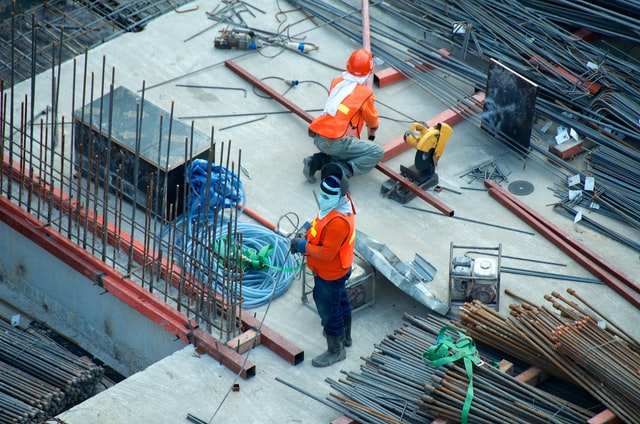Disruptions in the supply chain since the beginning of the pandemic have led to substantial price increases and shortages of some raw materials.
Copper and aluminium (the primary raw materials for our products) increased by 40% and 60%, respectively, during this period.
The confinements caused a massive shortage of raw materials due to stops in extraction and processing. When economies began to become less defined, some countries took large amounts of raw materials, leaving many industries in other countries practically at a standstill, a situation that has been resolved.
In plastics, also essential raw materials for the manufacture of our products, there are also shortages of materials caused by factory shutdowns and difficulties in obtaining the basic products. This has led to increases that currently reach 80% compared to pre-pandemic values, with no major improvements in sight in the coming months.
With increases in energy prices reaching 40% in some countries, production costs were inflated and, consequently, final prices.
In the various packages (reels, pallets, cardboard, plastic) there were also shortages and increases, making it difficult to comply with the delivery times of the materials.
Transport has seen increases of more than 15% in land transport and 500% in maritime transport, mainly because of fuel prices. Furthermore, finding vehicles is still tricky, causing further delays and price increases.
At this moment, and since the beginning of the pandemic, we are faced with the existence of more expensive materials, longer delivery times, lack of availability of suppliers for new ranges and even prolonged stops at some suppliers.
How to overcome difficulties, maintain stable stock and satisfy customers?
- Increase the stock of products with the highest turnover and those with longer delivery times;
Anticipating consumption, negotiating and ordering on a scheduled basis;
- Evaluate sales not only according to availability but also according to margins and replenishment times;
- Carry out procurement from other sources, outside the mainstream of suppliers, in order to meet momentary and future needs;
Think globally and improve knowledge of the entire market, nationally and internationally, to identify future difficulties and improvement opportunities (albeit momentary) in certain suppliers.
